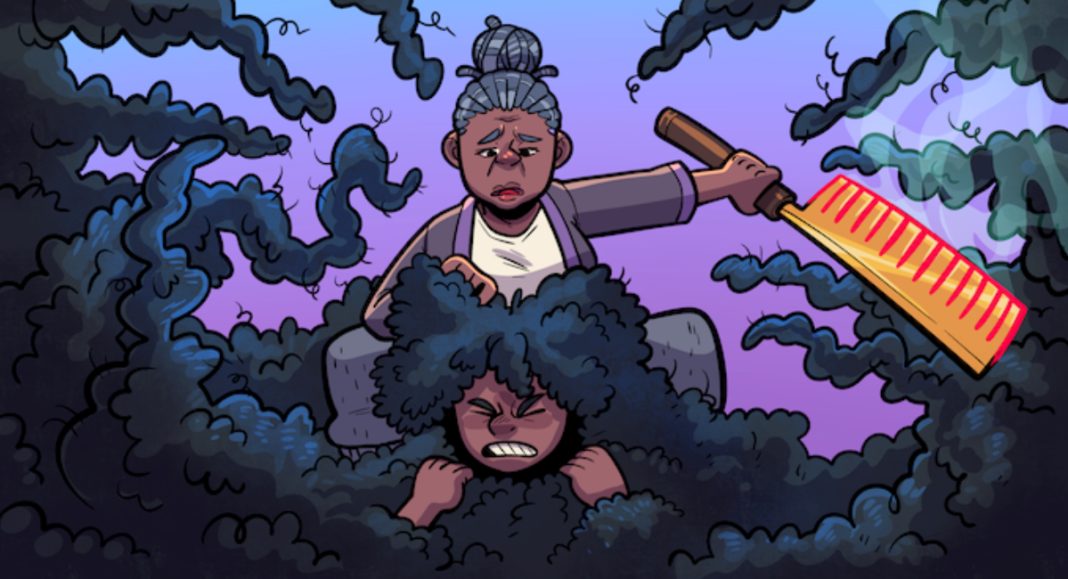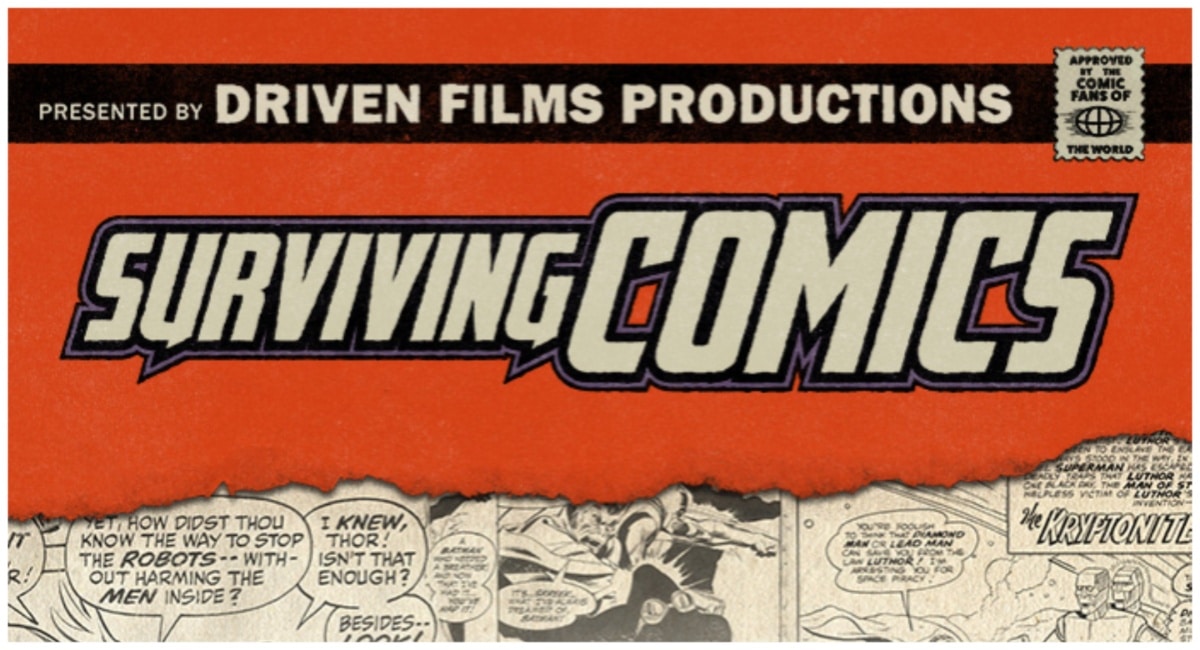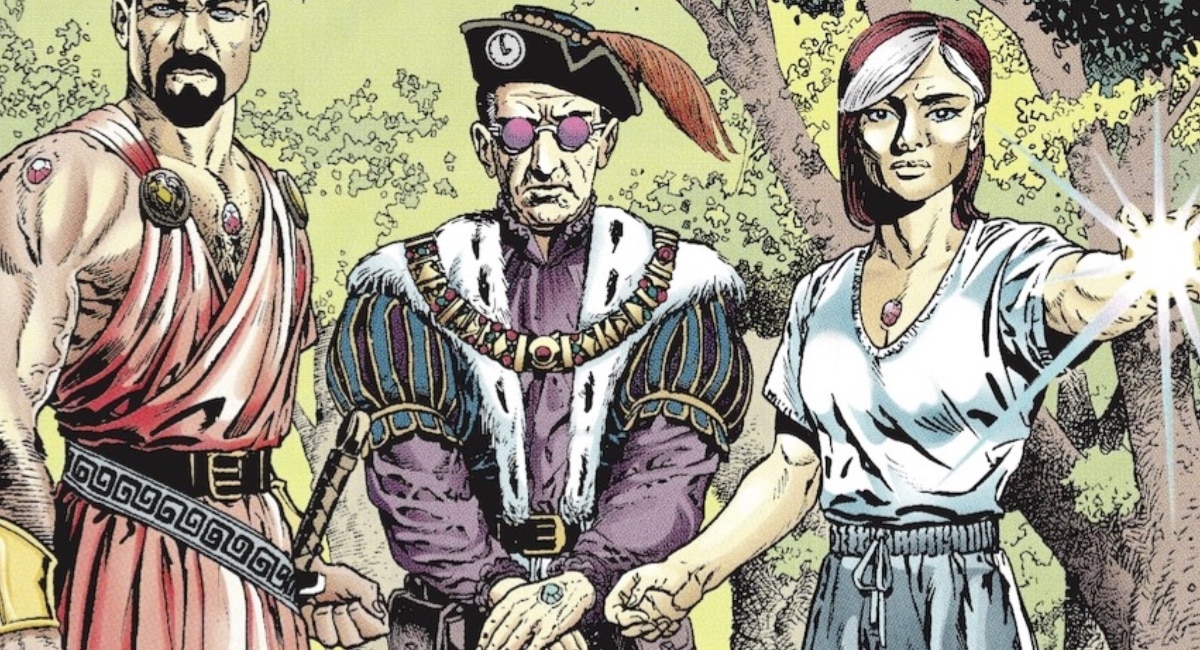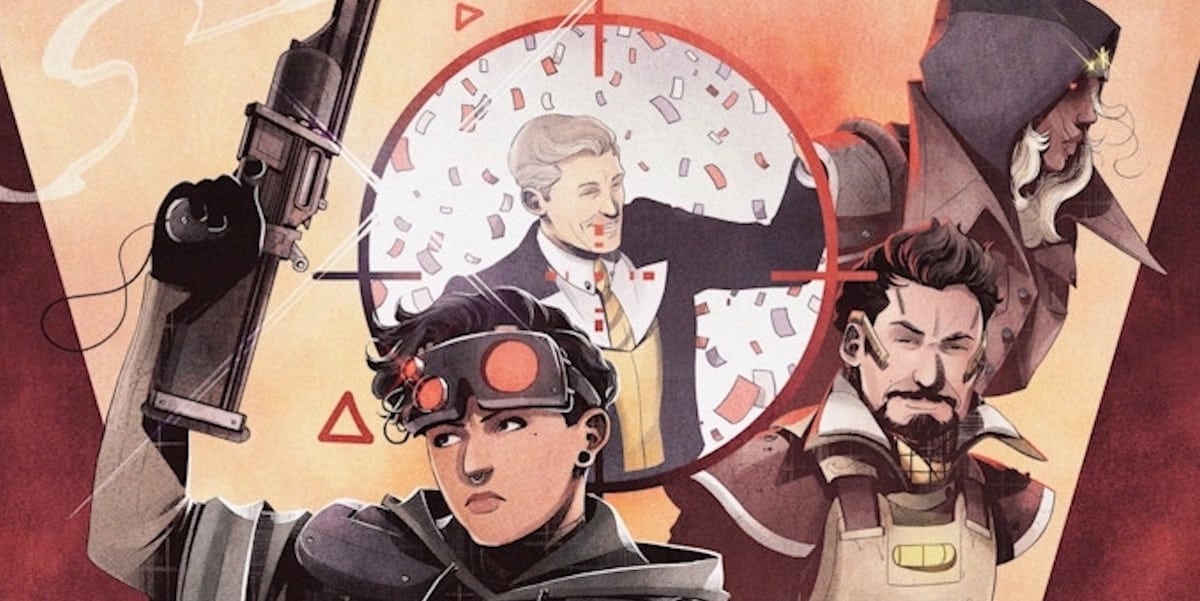Running until March 9, there are over two weeks left to back the new Kickstarter campaign from Kat Calamia, Phil Falco (Bi Visibility: A Bisexual Anthology), and Jamila Rowser (Wash Day Diaries), who unite to bring you a brand-new comic book anthology, Hairology, with a foreword from the legendary Gail Simone (Batgirl, Birds of Prey). Before the campaign’s launch, The Beat caught up with Calamia over Zoom to discuss the genesis of the Hairology anthology, her experience working with Rowser on the project, and tips for making it in the comic book industry.
This interview has been edited for clarity and length.
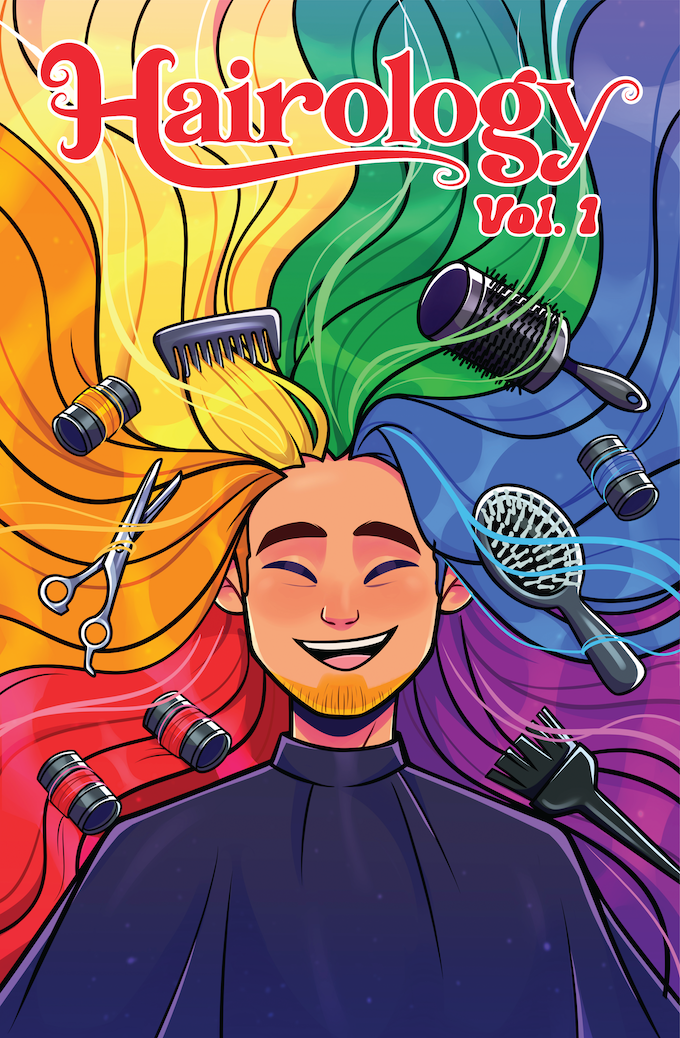
Rebecca Oliver Kaplan: What was the genesis of this project?
Kat Calamia: We did Bi Visibility: A Bisexual Anthology and Bi Visibility: Still Bi, both successfully, so we wanted to do more anthologies. One day, I thought about what’s another thing I have a relationship with, and I thought about hair because I’ve always had a relationship with my curly hair. So, I talked to my business partner about doing an anthology about hair, and he said, “Oh, that sounds like a cool idea.” Many people have different stories about hair, and we didn’t want it to be about one specific type of hair because those anthologies have been done. Thus, we wanted to do one anthology about all the different types of relationships with hair, different genres, and different experiences. So that was the genesis of this one.
Kaplan: Can you tell us more about why/if it’s important to discuss the topic of hair? Do you feel it’s overlooked?
Calamia: Yes, to both. I would say that it’s important because it’s an experience that not many people talk about but have felt. Like, with my curly hair, I was reading one of the stories in Hairology, which talked about being scared to go to the hairdresser because of being afraid of what you’re going to look like, and I had a memory I hadn’t thought about in years about how anytime I went to a hairdresser, and someone wanted to straighten my hair, I would get anxious and nervous about it. I didn’t know why, but as I was doing this, it was like, “Oh, I felt anxious because someone was trying to change my hair, and I didn’t want that to happen.” But, because society thinks straight hair is the go-to, I felt that’s what I should look like, and I didn’t know that back then. Again, I hadn’t thought about that memory in like 15 years, but as I was reading that story, a lot of people have thoughts like that buried deep inside.
For the people who contributed, they’ve been able to explore [these feelings]. I hope that people can either relate to them or at least find a new story to enjoy because there are also stories that are not as heavy because, yeah, I just haven’t seen this topic explored very often. So there are a wide variety of genres. For example, there are stories about going to camp, having bees attack your head, and having to cut your hair because of it. And then, some stories in the anthology aren’t as personal. There’s a post-apocalyptic story and a werewolf story. We tried to make it as diverse as possible in that regard.
It’s wonderful that we have Jamila Rowser, one of our book’s editors. She did Wash Day Diaries, which focused on a specific hair type. We wanted her on board because she did a wonderful job with that.
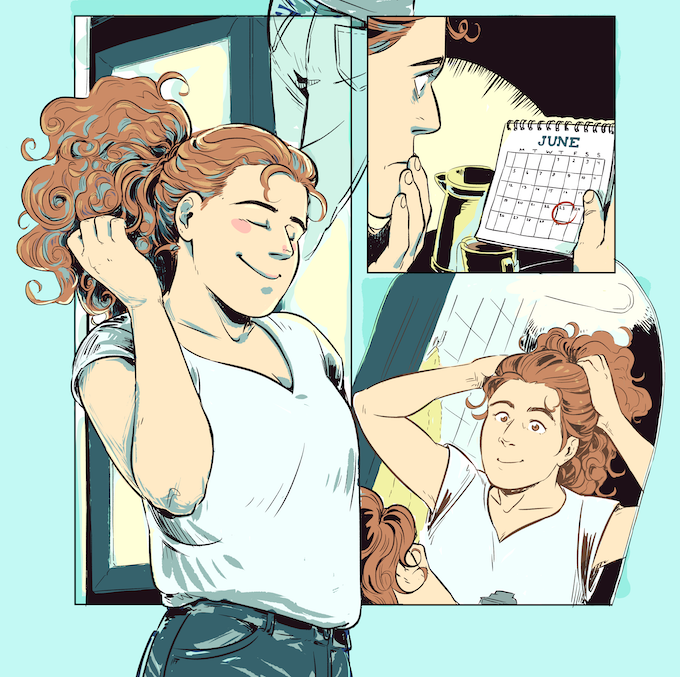
Kaplan: What was it like to work with Jamila Rowser?
Calamia: It was amazing to work with Jamila. She brought a wonderful insight. There are a few stories, if Jamila wasn’t on board, I don’t know if we would have seen the light of what she brought to us. I remember there was a story that Phil liked, and I wasn’t sure about it. Then, when Jamila gave her two cents about it, I said, “You’re right. Maybe I was in the wrong mind frame when I read it.” It ended up being in the book. Vice versa, too, there might have been a story I liked, and Phil was more on the fence about it, and then Jamila brought a different light to it. That’s why having three editors is nice. We did that with Bi Visibility, with someone in our lives. Phil’s sibling is trans, and we wanted a trans perspective for volume two. There, we saw the value of having a third editor because Phil and I agree much of the time, but there are certain times when we have different opinions on something, and then having that third voice helps.
Kaplan: Does this project draw inspiration from, or is it somehow related to, Wash Day Diaries?
Calamia: None of the three editors have a story in this, so I wouldn’t say there’s inspiration from Wash Day Diaries — there may be some editing inspiration.
Kaplan: So then, did any comics inspire this project directly or perhaps in response to it?
Calamia: I would say, in general, anthologies inspired this project because many wonderful anthologies on Kickstarter do well. But I also just love seeing different hairstyles and comic styles in general. I like different fashions in comics, so in that regard, that probably also helped inspire things.
Kaplan: Can you tell us how this anthology came together? What was the process of finding creators to work on the anthology?
Calamia: You can do anthologies differently, but we like putting out an open submission so anyone could apply. I often see anthologies that only ask for a general idea about the script. We want the script’s first draft to get a gist of your writing style. That way, there could be A-list creators applying, but there’s also someone who’s never made a comic before. We have a few people who’ve never written anything before in this one, but then we have people like Sterling Gates (Supergirl, The Flash), who’s written many comics and written for television, who also applied. We got all our writers through the application.
For the artists, we did the same thing. They didn’t have to draw things for the comic, but they gave their portfolio and sequential art samples—we always need them. We got a handful of artists through the applications, but the other artists we either used on previous stuff that we worked on, or I usually have a list of people from Twitter that I’ve been looking at, and if a person could fit, then we’ll see if they’ll join a project.
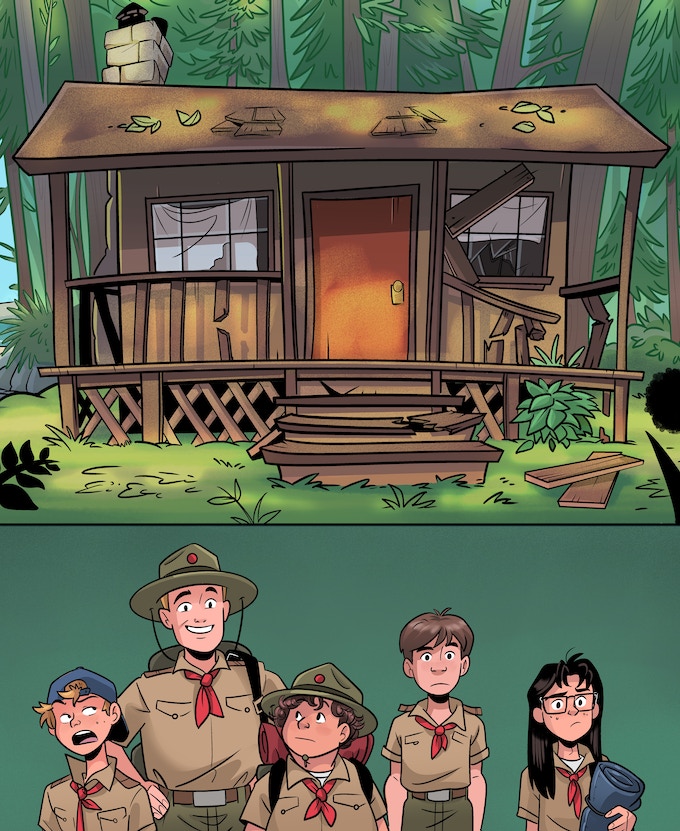
Kaplan: Often, anthologies are criticized. What is the value of an anthology to both the reader and creator?
Calamia: I understand the criticism too. Sometimes it’s just 10 short stories, and as a reader, it can be hard. I know that Marvel and DC publish a lot of anthologies and some that I enjoy. But then, there are others where I wish I had more of that story, and I want to see that character in a miniseries instead. With these anthologies about a specific topic, it’s a little easier to have vignettes and short stories of characters that have never existed in the past instead of wishing they had more stories to tell.
The value of anthologies is that if you’ve never written a comic before, they allow new creators to write something very short and get published. They’re also opportunities for older creators to try something new. Like, I don’t think Sterling has done anything through Kickstarter before, so while I can’t speak for him, it’s probably cool to get a short story in a Kickstarter book because that’s something different, not driven by the direct market. The longest story we allowed for this was eight pages, with the shortest being two, so I think there are creative things that you could do with it.
Kaplan: I love that your Kickstarter credits the logo designer because we often don’t discuss them in comics. Why is it important to credit all members of the creative team?
Calamia: We want to credit any work you put into it — like, Brant Fowler, who designs the page. Then, for the logos, we love Justin [a.k.a. LetterSquids]. We’ve worked together on every logo we’ve done, and we love the idea of having a logo to end each story. Instead of just doing something generic, we wanted to get an actual logo designer to put some personality into those stories.
We discussed it because getting these logos is a good amount of money. I always feel like it’s worth it because it helps the end product of the book. But yeah, it was important for us to have that flair because logos also help build the Kickstarter page.
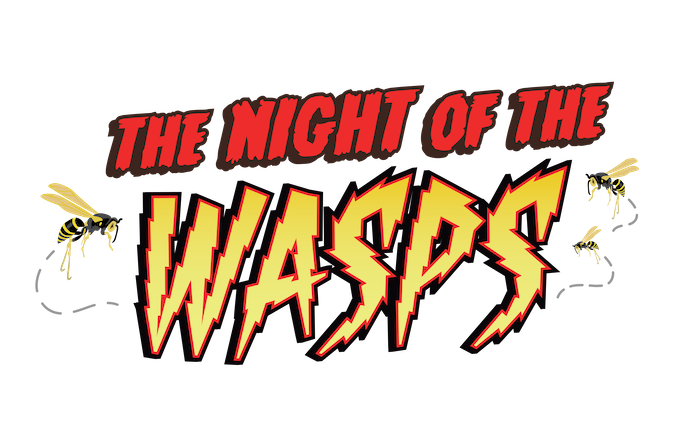
Kaplan: You might have plans for a second anthology of Hairology.
Calamia: I will say that we have plans for more anthologies to come, and there’s one that’s being worked on right now that’s not hair related. We will cover another topic for our next anthology, which is different because it’s a secret anthology specific to a different medium. We asked people directly to do that anthology. However, if the Hairology campaign goes well, never say never to a second volume.
Kaplan: A different medium?
Calamia: Yeah, I can’t say any more than that. It’s comic-related, but it’s a different side of comics. We’ll announce that as a June project. So look forward to that.
Kaplan: Over time, you’ve learned that mystery boxes are a great incentive for your Kickstarter campaigns. What is a mystery box? How did they come to be?
Calamia: We created our mystery boxes for Comic Con. I had a lot of leftover Bi Visibility boxes from volume one, where we had specific things we gave away, and I’m like, “Why not do a mystery box for comic cons where people can get the book, but maybe also get a pin or trading cards or other books that we have?” It allows people to read something they might not read and love because it was in the box, so that’s something want to do with the mystery box. Because the mystery boxes sold so well at conventions – like, they’re one of our best sellers – we’re like, why not add them to Kickstarter? And then, we did.
I highlight this on the Kickstarter page, but I will say it here, too: it is the best deal. We put stuff in there that is worth more money than we’re selling the mystery box. We put limited edition items you can’t get anywhere else, so it’s a good deal. Plus, we do try to craft it for the person. It is not it’s randomized. When we get a mystery box order, we try to craft it regarding what people backed in the past, so we’re not giving the same thing they’ve had. We also try to throw in exclusive things. It takes us a little longer to do that, but we love it. Honestly, our favorite thing is the mystery boxes.
Kaplan: I think people like personalized stuff on Kickstarter.
Calamia: Exactly. Trying to make it a little different. I like it when I get exclusive things, especially with Kickstarter. You often pay a lot for things on Kickstarter, so I always want people to feel special. I never want someone to feel like they could have just gone to a convention [or comic book shop] to get it—no, get something you can only get on Kickstarter. For example, we have covers that are specific to Kickstarter.
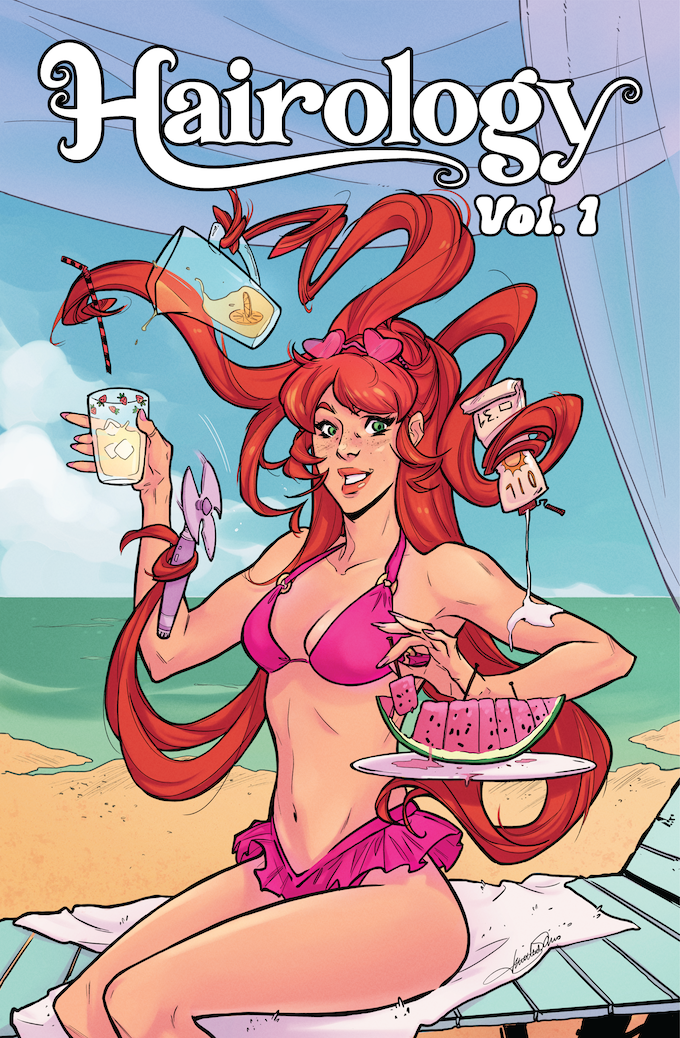
Kaplan: Crowdfunding can be a beast, especially if it’s your first project. You’ve run many successful Kickstarter campaigns. Do you have any advice for young creators looking to crowdfund?
Calamia: I’ve been doing it for so long that it comes naturally. I can’t even imagine doing Kickstarter for the first time again because it’s a complicated thing to put together. But, so many awesome creators are willing to help, or there are consultants. I consult for Kickstarter, for example. There are also good podcasts like Tyler James does ComixLaunch, or look for information on Twitter because there are some great threads. All of those, I think, are good avenues to go down to have a guided hand to figure out how to Kickstarter.
Also, I think studying and getting to know the Kickstarter community is important. Look at other campaigns to see what’s successful. For example, you can see what they did well, what makes a cool tier, or how they designed their page. Many people new to Kickstarter wonder why they didn’t get the community’s support, and they’ve backed zero campaigns, it’s like, well, you didn’t support other people, and Kickstarter is so much about community.
It’s not always worth doing PR. You should get PR for certain books. I’m doing this interview for Hairology, but I wouldn’t for Like Father, Like Daughter, issue eight of a superhero book, or even something that isn’t as newsworthy. Most of the time, on Kickstarter, you’ll get fans [and support] through the Kickstarter algorithm itself. So, my biggest advice is to take it slow. If you’re planning your first campaign and have the funds to do so, I say, create the whole comic. That way, you can ship it out immediately – you’ll just need to give it to the printer when the Kickstarter is done – because half of the battle is getting the book done. Plus, when your backers wait two years, they might wonder, “Do I trust you to make another campaign?”
Kaplan: What has the Kickstarter journey looked like for you?
Calamia: That’s such a great question. Kickstarter, in general, has changed a lot in regard to how people see it. Many people used to see crowdfunding as people who normally couldn’t be in the direct market trying to make it on Kickstarter. But now, there’s been a lot of value on Kickstarter; e.g., there are creators who’ve made their name on Kickstarter, and then, there are people from the direct market going on to Kickstarter. I mean, Jimmy Palmiotti, who’s very much known for doing his DC work, has moved his whole company to Kickstarter, and Terry Moore, a very well-known creator, has now launched a Kickstarter. I think when Keanu Reeves did BRZRKR or when Scott Snyder did his campaigns, both started a lot of change.
How did things change for me? We release a lot more. Back in the day, I was lucky to do one Kickstarter a year, and now we do a crowdfunding campaign once a month. We have anthologies and our WEBTOON, and I have my superhero book — having a diverse number of projects on the platform has worked for us. I’m not saying that’s something everyone should do because you have to find your voice on the platform and see what works for you, but yeah, that’s what’s worked for us.
Kaplan: Speaking of WEBTOON, I didn’t know Slice of Life was moving to Zestworld! What’s your experience with WEBTOON’s recent platform changes? Since there are other webcomics platforms, why did you publish on Zestworld? How’s it going?
Calamia: WEBTOON’s creator rewards program doesn’t officially end until next month. So we won’t know the larger effects for a few months. As for Zestworld, we are really happy to be part of a platform that truly cares for its creators. We’ve been working closely with their team to allow Slice of Life to make a big splash over there.
We look forward to working more with Zestworld while building our WEBTOON.
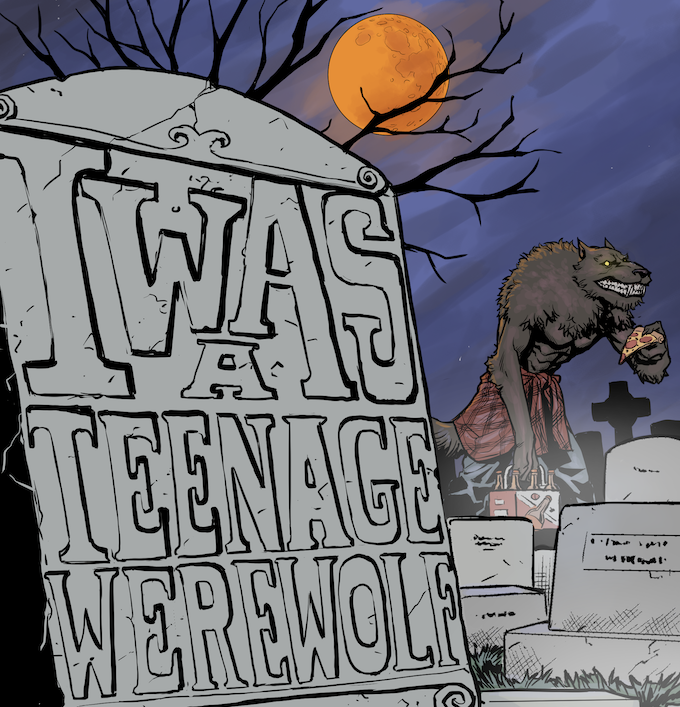
Kaplan: Is comics what you do?
Calamia: I do comics for my main job. But yeah, I have a lot of freelance jobs, including making comics. I also do journalism, consult for Kickstarter, work for Kickstarter (I’m on their council), and do PR on the side.
Kaplan: For new creators and critics who want to make this their career, do you have any advice?
Calamia: Know how to market yourself. My biggest advice is to make a brand for yourself because that’s how you get hired. Me, I’ve very much made a brand on Twitter and Facebook that I know about Kickstarter, and I love Kickstarter. So, people usually come to me for Kickstarter-related stuff. Then, when it comes to writing, start to write and create your own thing, and honestly, I think that Kickstarter is a great opportunity to do that. Many people say you can’t make money in comics, but I think it’s possible. I’m someone who has, and I think there are a lot of different avenues you can use to make money in comics.
Kaplan: I agree — all around. It’s also my full-time job.
Calamia: Yeah, freelance doing a million different things. I think the biggest advice we can give is just don’t do one thing.
On a related note, I also want people to know that everyone in comics knows each other—literally, everyone is connected. I know it’s a cliche, but it’s true in comics that everyone knows somebody and is connected. For the most part, that’s a good thing because many of my opportunities come because I know someone who knows this person that thinks I would be a good fit for that, and then vice versa
Kaplan: Is there anything else you would like to add?
Calamia: Hopefully, you guys can go check out the Kickstarter. It’s helpful to back through Kickstarter. And if you guys can share, that’d be wonderful, too. Thank you.
Hairology is currently live on Kickstarter. The campaign runs until March 9, 2023, at 7:00 PM PST.


